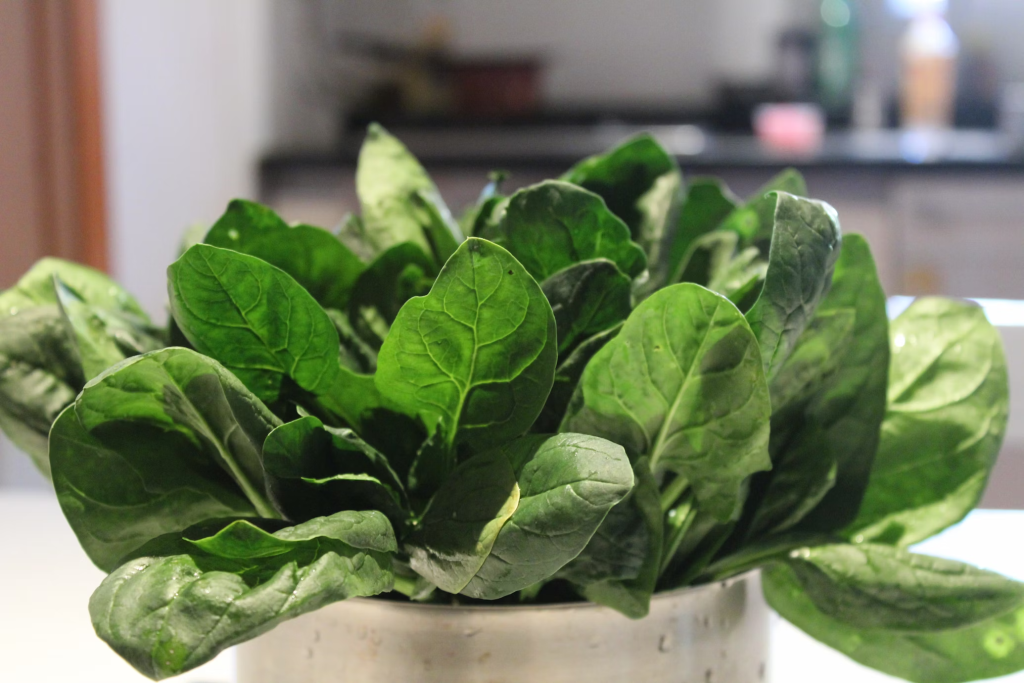Introduction
Growing your own vegetables isn’t just about creating a sustainable lifestyle—it’s a rewarding hobby that can lead to delicious, fresh produce right in your backyard. With a little planning and the right techniques, anyone can start a garden and harvest their favorite veggies without needing extensive experience or space. In this guide, we’ll explore how to grow fresh veggies for less, offering step-by-step tips for beginners and savvy gardeners alike.

1. Plan Your Garden: Choose the Right Location and Layout
Before planting your first seed, take the time to plan your garden. A well-thought-out layout will help you optimize your space, ensure proper sunlight exposure, and make maintenance easier.
a. Select a Sunny Spot
Most vegetables need at least 6-8 hours of direct sunlight each day to thrive. Choose a spot in your yard that gets plenty of sunlight, especially during the morning and early afternoon. If you’re gardening in a limited space, consider vertical gardening or container gardening to make the most of sunny areas like balconies or patios.
Tip: Keep in mind that different vegetables have varying light needs. Leafy greens like lettuce can tolerate partial shade, while fruiting plants like tomatoes and peppers need full sun.
b. Design for Accessibility
Design your garden with accessibility in mind. Create pathways between planting rows to make watering, weeding, and harvesting easier. Raised garden beds are a great option if you want to reduce bending and kneeling.
Pro Tip: Use compact layouts like square foot gardening to maximize yield in small spaces. This method involves dividing your garden bed into square-foot sections, allowing you to plant different crops in a dense, organized manner.
2. Start with Easy-to-Grow Vegetables
For beginner gardeners, it’s best to start with easy-to-grow vegetables that don’t require too much attention. These hardy crops will give you confidence and a good harvest, even if it’s your first time gardening.
a. Lettuce and Spinach
Lettuce and spinach are cool-season crops that grow quickly and can be harvested multiple times. They don’t require deep soil and can even be grown in containers or small garden beds.
- Planting Time: Early spring or late summer
- Harvest Time: 30-50 days
- Maintenance: Regular watering and partial shade in hot climates
b. Tomatoes
Tomatoes are a favorite among gardeners because of their versatility and high yield. They can be grown in the ground or in containers, making them suitable for both large gardens and small patios.
- Planting Time: After the last frost
- Harvest Time: 60-85 days
- Maintenance: Support with stakes or cages; water deeply
c. Zucchini
Zucchini is a prolific grower that’s perfect for beginners. A single plant can produce a large number of zucchinis throughout the summer.
- Planting Time: Late spring
- Harvest Time: 50-60 days
- Maintenance: Keep soil moist and harvest regularly to encourage more growth
3. Soil Preparation: The Foundation of a Healthy Garden
Good soil is the key to a thriving vegetable garden. Healthy soil should be rich in nutrients, well-drained, and teeming with beneficial microorganisms.
a. Test and Amend Your Soil
Start by testing your soil to determine its pH and nutrient content. You can use a DIY soil testing kit or send a sample to a local agricultural extension service. Based on the results, amend your soil with organic compost, aged manure, or commercial fertilizers to achieve the ideal growing conditions.
Pro Tip: Most vegetables prefer slightly acidic soil with a pH of 6.0 to 6.8. Adjust the pH by adding lime to raise it or sulfur to lower it.
b. Add Organic Matter
Incorporating organic matter like compost or leaf mold improves soil structure, enhances drainage, and boosts fertility. Spread a 2-3 inch layer of organic matter over your garden bed and work it into the top 6 inches of soil.
Why It’s Important: Organic matter promotes root growth, increases water retention, and provides a slow release of nutrients throughout the growing season.
4. Water Wisely: Effective Irrigation Techniques
Proper watering is essential for growing healthy vegetables. Overwatering can lead to root rot and fungal diseases, while underwatering can stress plants and reduce yields. Follow these tips to keep your garden hydrated:
a. Water Early in the Morning
Water your garden in the early morning to reduce evaporation and give your plants time to absorb moisture before the heat of the day. This helps prevent the growth of fungal diseases, which are more likely to occur if leaves remain wet overnight.
b. Use Drip Irrigation or Soaker Hoses
Drip irrigation systems and soaker hoses deliver water directly to the soil, minimizing water waste and reducing the risk of wet foliage. These methods are ideal for vegetable gardens, as they provide consistent moisture without disturbing the soil.
Pro Tip: Mulch your garden beds to retain moisture and keep the soil cool. Organic mulches like straw or shredded leaves work well for vegetable gardens.
5. Implement Crop Rotation and Companion Planting
To maintain soil health and reduce pest problems, practice crop rotation and companion planting. These techniques can improve soil fertility and help control pests naturally.
a. Crop Rotation
Rotate your crops each year by planting vegetables from different families in the same spot. For example, follow a tomato crop with leafy greens or legumes to replenish the soil and disrupt pest cycles.
Why It’s Important: Crop rotation prevents the buildup of soil-borne diseases and helps maintain balanced soil nutrients.
b. Companion Planting
Plant compatible vegetables and herbs together to improve growth and deter pests. For example, plant basil near tomatoes to enhance flavor and repel pests, or grow marigolds around your garden to deter nematodes and aphids.
Popular Companion Planting Combinations:
- Tomatoes and Basil
- Carrots and Onions
- Beans and Corn
6. Protect Your Garden from Pests Naturally
Keeping pests at bay is a crucial part of successful vegetable gardening. Avoid chemical pesticides and opt for natural pest control methods to keep your garden healthy and safe. That helps you grow fresh veggies for less!
a. Use Row Covers
Row covers are lightweight fabrics that protect plants from pests like aphids, beetles, and caterpillars without blocking sunlight or air. Drape them over seedlings and secure them to the ground to create a physical barrier.
b. Introduce Beneficial Insects
Ladybugs, lacewings, and predatory wasps are natural predators that can help control harmful pests in your garden. Planting flowers like dill, fennel, and cosmos will attract these beneficial insects and keep pest populations in check.
Pro Tip: Avoid using broad-spectrum insecticides, as they can harm beneficial insects and disrupt the balance of your garden ecosystem.
Conclusion: Grow Fresh Veggies for Less!
Gardening doesn’t have to be complicated or expensive. By choosing the right location, selecting easy-to-grow vegetables, and using sustainable gardening practices, you can grow fresh veggies for less and enjoy the satisfaction of harvesting your own produce. Whether you’re starting a small container garden or creating a larger backyard plot, these tips will help you get started on your gardening journey and produce fresh, delicious vegetables all season long.
References
- Gardening Know How. (2023). Tips for Beginner Vegetable Gardeners. Available at: Gardening Know How
- The Old Farmer’s Almanac. (2023). Guide to Growing Vegetables. Available at: Old Farmer’s Almanac
- National Gardening Association. (2023). Vegetable Gardening Tips for Home Gardeners. Available at: National Gardening Association









